
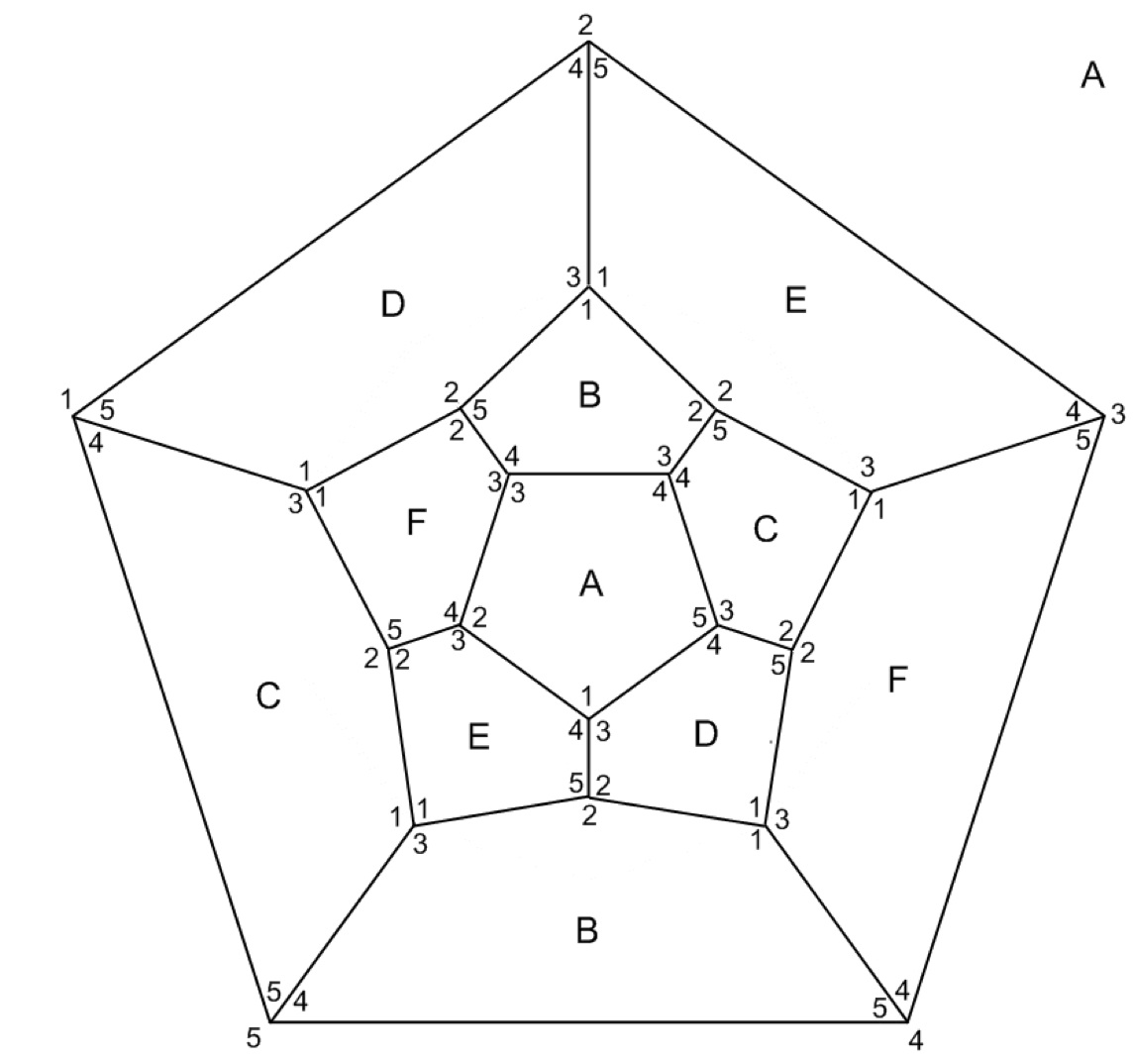
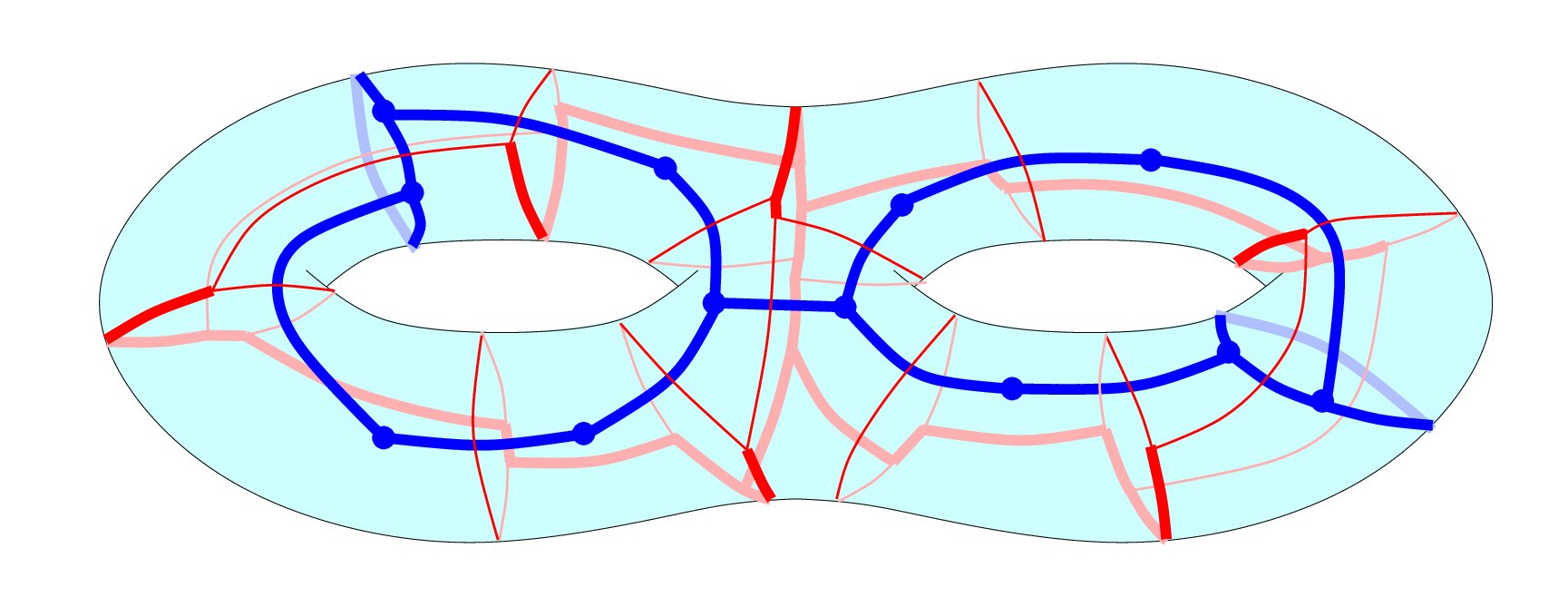
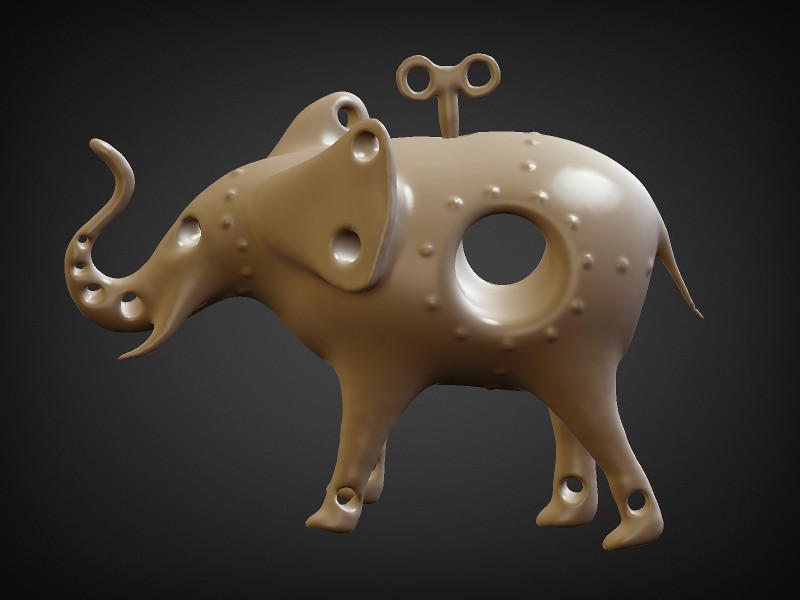
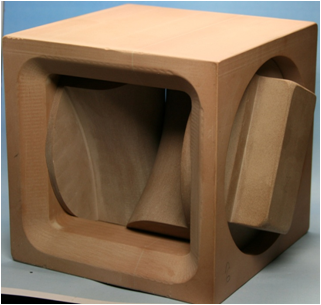
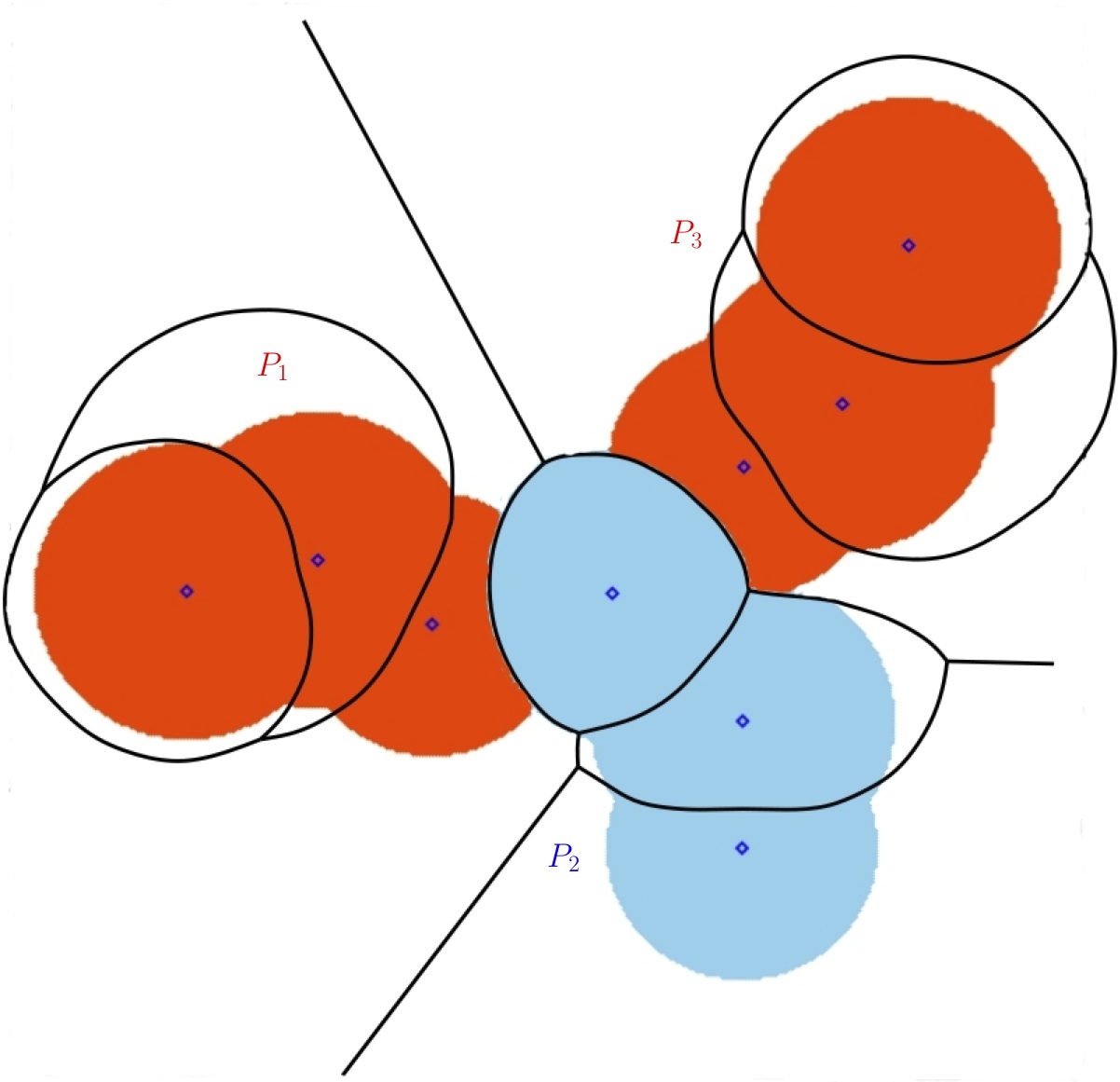
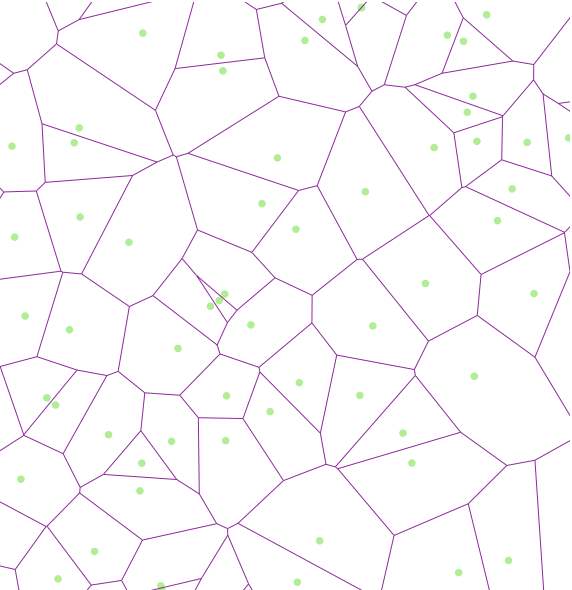
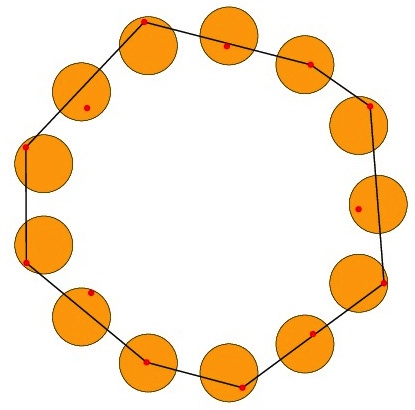
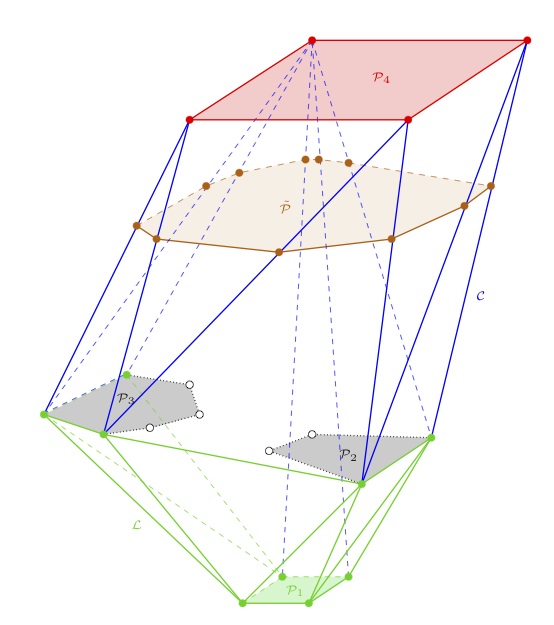
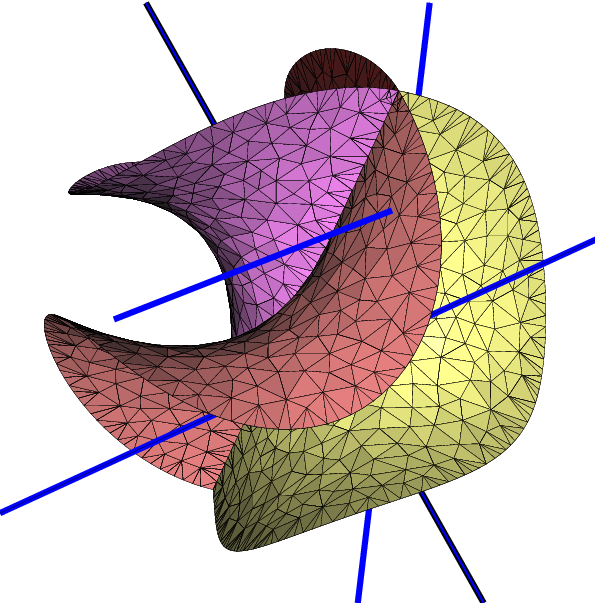
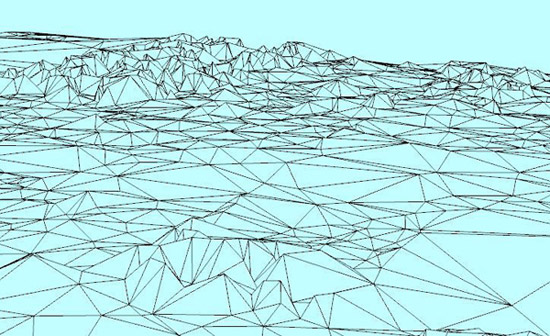
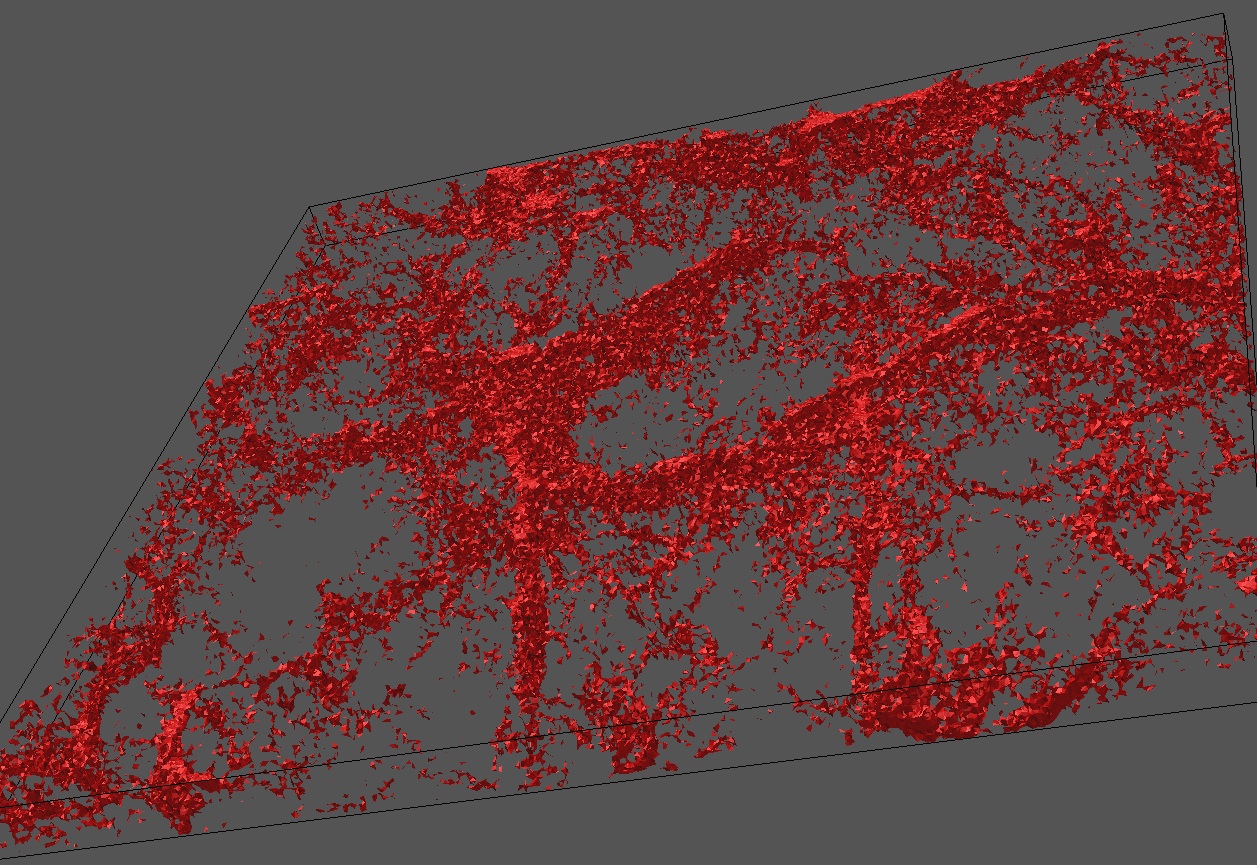
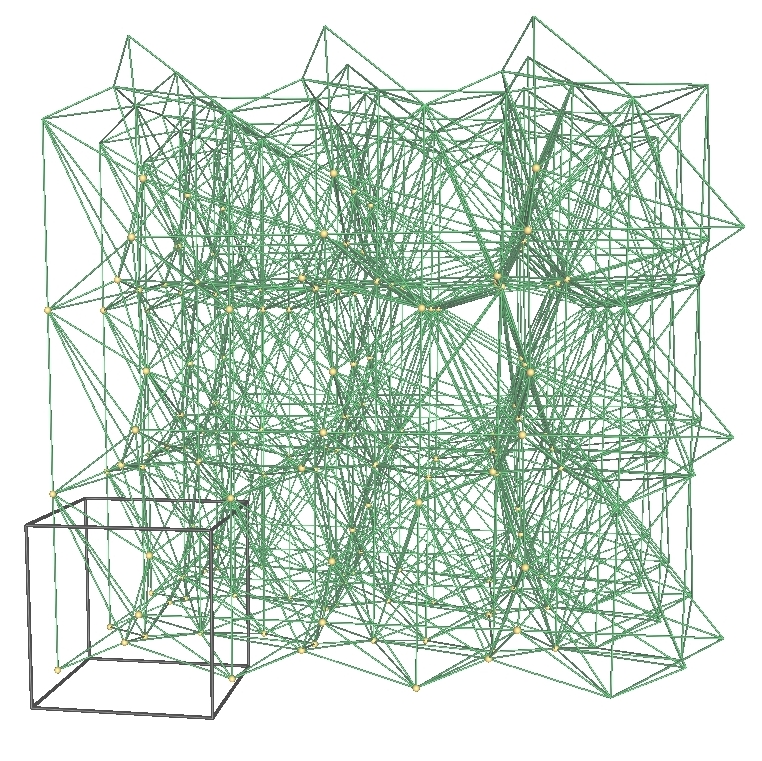
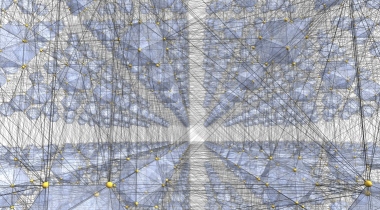

OrbiCG/ Workshop on Computational Geometry
Workshop on Computational Geometry
INRIA Sophia Antipolis - Méditerranée, 8-10 December 2010
Room Euler violet
Co-organized by
ANR Triangles and
INRIA Associate team OrbiCG
This two days workshop will address various aspects of computational
geometry
and its applications. It will be followed on December 10 by the
PhD defense of
Manuel Caroli.
Print the practical informations
Participants list
Schedule
|
december 8
|
|
10:00 - 10:30
|
Welcome and coffee
|
|
10:30 - 12:00
|
Presentations
|
|
10:30 - 11:15
|
Curvature and combinatorics of triangulations
John Sullivan (Technische Universität Berlin)
There is a rich interplay between combinatorial and differential
geometry. For 2-manifolds, the Gauss-Bonnet theorem gives a
clear connection between combinatorics (say of a triangulation) and
curvature/topology. This picture also has new applications giving a more
detailed classification of surface triangulations. We will also examine
to what extent something similar can be done for 3-manifolds.
slides.
|

|
|
11:15 - 12:00
|
The Poincaré dodecahedral space
Gert Vegter (Johann
Bernoulli Institute for Mathematics and Computer Science, Groningen),
Rien van de Weijgaert
(Kapteyn Institute, Groningen)
For ages people have wondered what the shape of the universe could be.
Whereas the geometry of the Universe has, by now, been established by
Einstein's theory of relativity, this theory does not determine the
exact 3-manifold that is physical space. Enquiry into the global shape
of the Universe, more specifically its topology, has been ongoing for
about a century now, but recently some new evidence emerged. In 2003,
data from the WMAP experiment led Jean-Pierre Luminet to propose a
multiconnected spherical space model called the Poincaré dodecahedral
space (PDS).
We discuss the meaning of this claim from both a mathematical and a
physical perspective. Specifically, we will discuss the relevant
physical and cosmological evidence on the topological structure of the
Universe and investigate whether there is any possibility for a
PDS. Also, the PDS will be shown to be a spherical space with a
dodecahedral fundamental domain.
paper.
slides.
|

|
|
12:00 - 14:00
|
Lunch
|
|
14:00 - 15:30
|
Presentations
|
|
14:00 - 14:45
|
Shortest cut graph of a surface with prescribed vertex set
Éric Colin de
Verdière (ENS)
A cut graph of a surface is an embedded graph that splits the
surface into a topological disk. Erickson and Whittlesey [SODA 2005]
found a very nice greedy algorithm to compute the shortest one-vertex
cut graph of a combinatorial surface. This talk will show how their
algorithm extends to the computation of a shortest cut graph with a
given vertex set. Moreover, a simpler proof will be given, also
revealing that the algorithm actually computes a minimum-weight basis
of some matroid.
paper .
slides.
|

|
|
14:45 - 15:30
|
Sculpting shapes of arbitrary topology in real-time
Lucian Stanculescu (Liris)
I will present a method for sculpting a watertight and manifold
triangular mesh which can accommodate topology changes. The key idea
is to maintain a homogeneous sampling of the surface throughout the
deformation, thus allowing the detection of topology changes from
simple collisions between spheres. The example image shows an object
sculpted from a sphere.
slides.
|

|
|
15:30 - 16:00
|
Coffee Break
|
|
16:00 - 17:30
|
Presentations
|
|
16:00 - 16:45
|
Linear Cameras
Jean Ponce (ENS)
I will address in this talk the problem of characterizing a general
class of cameras under reasonable, "linear" assumptions. Concretely, I
will use the formalism and terminology of classical projective
geometry to model cameras by two-parameter linear families of straight
lines---that is, degenerate reguli (rank-3 families) and
non-degenerate linear congruences (rank-4 families). This model
captures both the general linear cameras of Yu and McMillan and the
linear oblique cameras of Pajdla. I will show that it affords a simple
classification of all possible geometric camera configurations. From
an analytical viewpoint, our model also provides a simple and unified
methodology for deriving general formulas for projection and inverse
projection, triangulation, and binocular and trinocular geometry. In
addition, it is possible to generalize Pajdla's model of oblique
cameras by certain projective maps to all linear cameras, and
introduce a natural notion of intrinsic parameters for these cameras,
further simplifying the corresponding single- and multi-view
formulas. I will conclude by showing a prototype of a parabolic
camera.
Joint work with Guillaume Batog and Xavier Goaoc at INRIA Nancy Grand Est.
|

|
|
16:45 - 17:30
|
Balls, sticks, triangles and molecules
Frédéric Cazals (INRIA)
``Do you think that you will succeed in modeling molecules using
balls, sticks and triangles?'' This is the admittedly provocative
question I was asked by a molecular biologist during a workshop at the
NIH in Bethesda in 2008, and this talk will provide two illustrations
of geometric constructions indeed improving our understanding of
correlations between biophysical and geometric (structural) properties
of macro-molecules.
In the first part, we shall consider the problem of describing and
comparing protein interfaces. We shall see that a sprinkle of affine
Voronoi diagrams mixed with elementary ideas form Morse theory and
baked with graph matching algorithms allows one to precisely
investigate macro-molecular recognition through the atomic-modeling of
interfaces.
In the second one, we shall switch scales and consider the biggest
protein assembly known to date in Eukaryotic cells, namely the Nuclear
Pore Complex. I shall explain how the alpha-shape associated to a
compoundly-weighted Voronoi diagram allows one to make a quantitative
assessment of qualitative models of the NPC proposed by structural
biologists.
slides.
|

|















|
december 9
|
|
09:30 - 10:15
|
Presentations
|
|
09:30 - 10:15
|
Asymptotic properties of the typical Poisson-Voronoi cell and other
random polytopes
Pierre Calka
(Université de Rouen)
Abstract. In this talk, we define several models of random polytopes in
the Euclidean space. Examples include the convex hull of independent and
uniformly distributed points in a fixed convex set and the typical
Poisson-Voronoi cell (chosen uniformly among all cells from the Voronoi
tessellation generated by a homogeneous Poisson point process). First we
show distributional properties of some of their characteristics. Then we
focus on the description of their asymptotic shape. In particular, we
develop a local scaling theory for the boundary itself of the random
polytope, seen as a random process. We obtain variance asymptotics,
invariance principles and extreme value results.
slides.
|

|
|
10:15 - 10:45
|
Coffee Break
|
|
10:45 - 12:15
|
Presentations
|
|
10:45 - 11:30
|
Smooth analysis of the convex hull of points
Olivier Devillers (INRIA)
Assume that Y is a noisy version of a point set X in convex
position. How many vertices does the convex hull of Y have, that
is, what is the number of extreme points of Y?
We consider the case where X is an (ε,κ)-sample of a
sphere in Rd and the noise is random and uniform:
Y is obtained
by replacing each point x in X by a point chosen uniformly at
random in some region S(x) of size a around x. We give
upper and lower bounds on the expected number of extreme points in
Y when S(x) is a ball (in arbitrary dimension) or an
axis-parallel square (in the plane). Our bounds depend on the size
n of X and a, and are tight up to a polylogarithmic
factor. These results naturally extend in various directions (more
general point sets, other regions S(x)...).
We also present experimental results, showing that our bounds for
random noise provide good estimators of the behavior of
snap-rounding, that is when Y is obtained by rounding each
point of X
to the nearest point on a grid of step a.
We describe how the technique generalizes
to obtain (up to polylog factor)
tight upper bound on size of the 3D Delaunay triangulation when the input
points are randomly perturbed.
paper .
slides.
|

|
|
11:30 - 12:15
|
Convex hulls of spheres and convex hulls of convex polytopes lying on parallel hyperplanes
Menelaos Karavelas
(University of Crete)
Given a set Σ of spheres in Ed, with
d ≥ 3
and d odd, having a fixed number of m distinct radii
r1,r2,...,rm, we show that the worst-case
combinatorial complexity of the convex hull CHd(Σ) of
Σ is
Θ(∑1≤i ≠ j ≤m
ninjfloor(d/2)),
where ni is the number of spheres in Σ with
radius
ri.
Our bound refines the currently best upper bound on the worst-case
combinatorial complexity of CHd(Σ) for all
odd
d ≥ 3.
To prove the lower bound, we construct a set of
n1+n2
spheres in Ed,
with d ≥ 3 odd, where ni spheres have radius
ri, i=1,2, and
r2 ≠ r1, such that their convex
hull has combinatorial complexity
Ω(n1n2floor(d/2)
+ n2n1floor(d/2) ) . Our construction is
then generalized to the case where the spheres have m
distinct radii.
For the upper bound, we reduce the sphere convex hull
problem to the problem of computing the worst-case combinatorial
complexity of the convex hull of a set of m d-dimensional
convex polytopes lying on m parallel hyperplanes in
Ed+1, where d ≥ 3 odd, a problem which is of
independent interest.
More precisely, we show that the worst-case combinatorial complexity
of the convex hull of a set
P1,P2,...,Pm
of m d-dimensional convex polytopes lying on m parallel
hyperplanes of Ed+1 is
O(∑1≤i≠j≤mninj
floor(d/2)),
where ni is the number of vertices of Pi.
This bound is an improvement over the worst-case
bound on the combinatorial complexity of the convex hull of a point
set where we impose no restriction on the points'
configuration; using the lower bound construction for the sphere
convex hull problem, it is also shown to be tight for all odd
d ≥ 3.
Finally, we: (1) briefly discuss how to compute convex hulls of
spheres with a fixed number of distinct radii, or convex hulls of a
fixed number of polytopes lying on parallel hyperplanes; (2)
how our tight bounds for the parallel polytope convex hull problem,
yield tight bounds on the combinatorial complexity of the Minkowski
sum of two convex polytopes in Ed; and (3) state some
open problems and directions for future work.
slides.
|

|
|
12:15 - 14:00
|
Lunch
|
|
14:00 - 15:30
|
Presentations
|
|
14:00 - 14:45
|
Exact Voronoi Diagram of Arbitrary Lines in Space - with fast point location
Michael
Hemmer (Tel Aviv University)
For a set of objects the Voronoi Diagram (VD) is the partition of
space into cells, where each cell is defined as the set of all points
that are closer to a particular object than to all other objects. The
VD is a fundamental data structure in Computational Geometry. We
introduce a new, efficient, and complete algorithm, and its exact
implementation, to compute the Voronoi diagram of lines in
three-dimensions. This is a major milestone towards the robust
construction of the Voronoi diagram of polyhedra. Following the exact
geometric computation paradigm, it is guaranteed that we always
computes the mathematically correct result. The algorithm is complete
in the sense that it can handle all configurations, in particular all
degenerate ones. The algorithm
requires O(n3+ε) time and space,
where n is the number of lines. The Voronoi diagram is
represented by a data structure that permits answering point location
queries in O(log2n) expected time. The
implementation employs the CGAL packages for constructing arrangements
and lower envelopes on parametric surfaces together with advanced
algebraic tools. The talk will also report on recent preliminary work
extending the algorithm towards polyhedra.
|

|
|
14:45 - 15:30
|
3D real time visualisation in a rich internet application
Fabien Cellier (Liris)
The GIS softwares are commonly used in cartography, urban planning and land surveying.
As in many other areas of computer science, new applications embedded in web browsers have emerged recently and we now have 3d clients for the web that can display models at resolutions superior to one triangle per pixel.
This talk will present the latest advances in visualization of digital terrain model and how these algorithms can be adapted to the context of new browsing devices (typically smartphones) and new CPU/GPU hardware architectures.
slides.
|

|
|
15:30 - 16:00
|
Coffee Break
|
|
16:00 - 16:45
|
Presentations
|
|
16:00 - 16:45
|
Persistent Alpha Shape Topology of the Cosmic Web
Rien van de Weijgaert
(Kapteyn Institute, Groningen)
Over the past decades a clear paradigm has emerged as large redshift
surveys opened the window onto the distribution of matter in our Local
Universe: galaxies, intergalactic gas and dark matter exist in a wispy
weblike spatial arrangement consisting of dense compact clusters,
elongated filaments, and sheetlike walls, amidst large near-empty void
regions. The Cosmic Web is the fundamental spatial organization of
matter on scales of a few up to a hundred Megaparsec, scales at which
the Universe still resides in a state of moderate dynamical evolution.
To understand the topological structure of the Cosmic Web, we study
the alpha shapes defined by the Megaparsec Cosmic Web. Alphashapes
were introduced by Edelsbrunner to formalize the concept of "shape"
for a spatial point dataset. A large value of alpha corresponds to the
convex hull of the dataset, while as alpha shrinks the alphashape
assumes cavities which may join to form tunnels and voids. A related
concept is the alpha complex, which for each alpha is the
corresponding subcomplex of the three-dimensional Delaunay
tessellation.
We have studied the alpha complex of the cosmic weblike point
patterns, in order to assess the signature of filaments, walls and
voids. The topology of the corresponding alpha complexes is
characterized by Betti numbers. The physical interpretation is
determined from a range of cellular point distributions. The findings
from the Voronoi clustering models is used to analyze the outcome of
cosmological N-body simulations and the SDSS galaxy redshift survey.
|

|















|
december 10
|
|
9:30 - 11:45
|
PhD defense
Triangulating Point Sets in Orbit Spaces
Manuel Caroli
Referees:
Kurt Mehlhorn and
John Sullivan
Defense Committee:
Éric Colin de Verdière,
Menelaos Karavelas,
Jean-Marc Schlenker,
John Sullivan,
Monique Teillaud (advisor),
Gert Vegter, and
Andreas Fabri (invited).
Abstract:
In this work we discuss triangulations of spaces of different topology defined by given point sets. We propose a general definition, valid for different classes of spaces, and an algorithm to compute Delaunay triangulations of these spaces. We provide an implementation for the specific case of the three-dimensional flat torus.
The work is originally motivated by the need for software computing three-dimensional periodic Delaunay triangulations in numerous domains including astronomy, material engineering, biomedical computing, fluid dynamics etc. Periodic triangulations can be understood as triangulations of the flat torus. We provide a definition and develop an efficient incremental algorithm to compute Delaunay triangulations of the flat torus. The algorithm is a modification of the incremental algorithm for computing Delaunay triangulations in Ed. Unlike previous work on periodic triangulations we avoid maintaining several periodic copies of the input point set whenever possible. Also the output of our algorithm is guaranteed to always be a triangulation of the flat torus.
We provide an implementation of our algorithm that has been made
available to a broad public as a part of the Computational Geometry
Algorithms Library CGAL (www.cgal.org).
We generalize the work to a more general class of flat quotient
spaces as well as quotient spaces of constant positive curvature. We
furthermore consider the double torus as a representative of the much
richer class of quotient spaces of constant negative curvature.
|

|















Registration and Accommodation
Print the practical informations
You can register for the
workshop by sending a mail to
the organizers:
Click here to register.
Registration is mandatory, do it as soon as possible and anyway before
December 1st.
There is no registration fee.
Participants have to pay for their lunch
at Inria (price is 7.06 euros (7.36 with a coffee), it is a good idea
if you can have exact change).
Suggested Hotels
The following hotels in Antibes are located at walking distance
from both a bus station to INRIA, and the scenic center of Antibes, as
well as the sea. We refer to the hotels web sites for more details.
Chrys Hotel***,
Le Collier**,
Hôtel de l'Étoile**,
Hôtel Josse***.
The latter is located in Juan les Pins,
in front of the sea, but further away from bus stations.
If you prefer an hotel in Sophia, (less fancy place, almost nothing to
do
at walking distance but going to INRIA) you can go to
Le Relais**.
How to get to INRIA Sophia Antipolis Méditerranée
(map)
From Nice and/or the airport take the bus
Line230
which provides regular shuttles between Nice, the airport
Nice-Côte d'Azur and Sophia Antipolis (40 mn). Ask the driver
for the INRIA bus stop.
From Antibes take the Envibus
(the name of the bus stop is Gare Sncf - Passerelle).
On Line 11
get off at the bus stop INRIA.
On Line 1
get off at the bus stop IUT.
On Line 100
get off at bus stop Templiers, then walk a little bit.
(Get out of Antibes train station, then cross the tracks by the
"passerelle" above the tracks to get the to bus stops "SNCF
Passerelle",
after crossing the passerelle, the place for the 1/11/100 is at left.
WARNING: if you use the 100 bus, after 9:46 it goes to Antibes center
first, and then goes to Sophia directly, so it may be written on the
bus "Antibes place de Gaulle" instead of "Sophia Gare routière".)
Look at the map of the bus stops
around INRIA.
Organization
This workshop is organized by
Olivier
Devillers,
Caroline French,
and
Monique Teillaud, INRIA.

































 Workshop on Computational Geometry
Workshop on Computational Geometry




























































